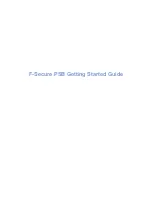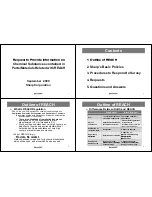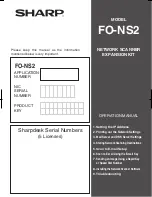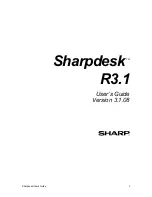
6
Alcatel-Lucent | ENUM Use and Management for the Successful Deployment of ENUM-Enabled Services
Periodic zone transfers could be scheduled to transfer zone data from the Master ENUM and DNS
servers located in the VoIP SDC to the Slave ENUM and DNS Servers located in the data centers of
the peering partners. Additionally, with VitalQIP’s DNS Configuration & Update Services, it is also
possible to send zone updates or Dynamic DNS Updates to all downstream Master and Slave DNS servers.
One concern with provisioning NAPTR data is with finding an appropriate authorization mechanism
to verify that a service provider has the right to perform a provisioning operation. One option for
performing authorization would be to use a DNS mechanism, such as Transaction SIGnature (TSIG).
Another possibility would be to perform authorization upstream of the DNS servers in the provisioning
process. For example, this could be done by checking permissions in an authorization database, or
possibly by having service providers provision a key with each domain name
(e.g. 2.1.2.1.5.5.5.2.0.2.1.
voippeers.com.)
. This key could protect existing NAPTR records in that domain from being
updated or deleted by another service provider. Further study is needed here to find the best way to
perform authorization.
Possible Future Capabilities with ENUM
ENUM was developed to extend an already proven technology, DNS, by enabling translation between
not only hostnames and IP addresses, but translation between E.164 numbers and associated services.
With the advances in communications over the last several years most of us have many different contact
methods, for example, home number, office number, mobile number, fax number, office email address,
home email address, IM address, etc. ENUM enables using a single registered contact number to map
to other methods of contact. For instance, an ENUM compliant email application can query the DNS
using an E.164 number and what is returned is an associated email address. Once the email address
is returned the email application can then send an email message to the end user. Similarly, this same
E.164 number can be entered in a web browser in order to retrieve an associated web page. All this
can be accomplished through the use of only the end-user phone number, an E.164 number.
In the near furture intelligent applications will be emerging allowing potentially multiple methods of
contacting someone in the event the primary method is unavailable. An example future scenerio that
would extend the use of ENUM even further could be using the E.164 number to place a call to an
office based on time of day. In the event a connection could not be established, or during non-office
hours, the call can be automatically sent to the users mobile number. Also, if the call is made during
the late evening hours, the call might launch an email application instead. The caller would then have
the option of sending an email to the user’s office email account. In order for the previous scenerio
to take place some additional development and applications are needed. However, ENUM provides
a mechanism in which order and preference values can be assigned to records today. This capability
allows the end user to specify, for example, that between 9 AM and 5 PM the primary contact method
is the office number. From 5 PM to 10 PM the primary contact method becomes the mobile number,
and at all other times an email message should be sent.






























